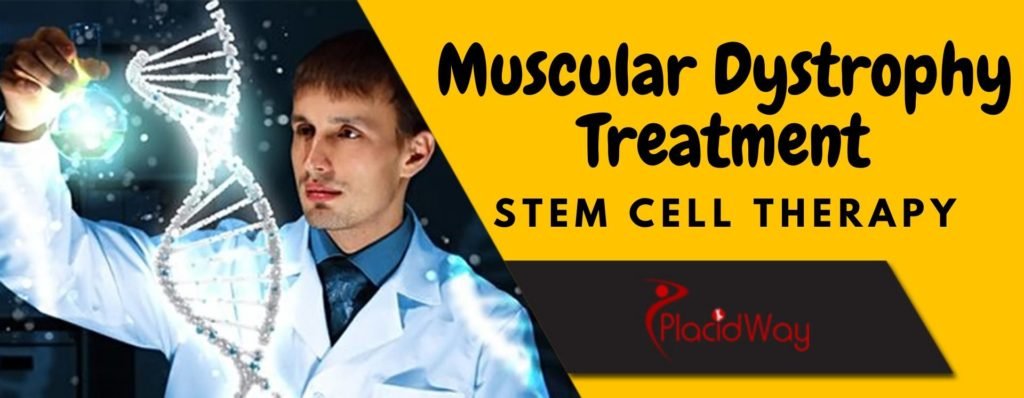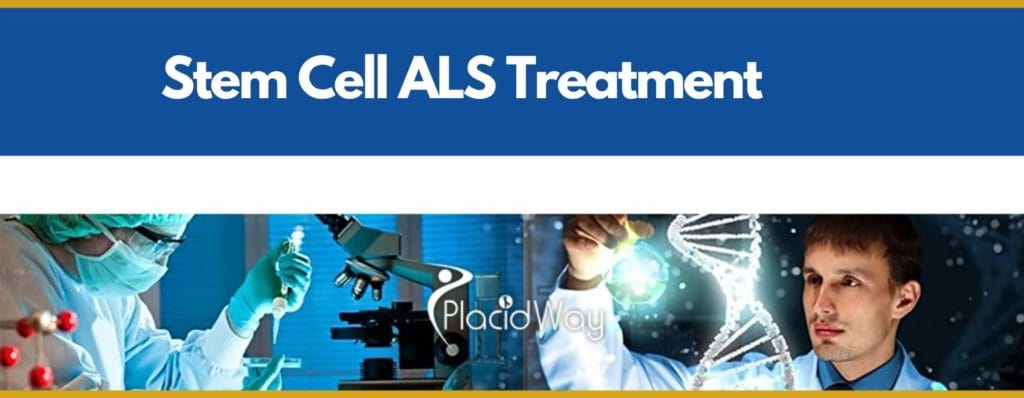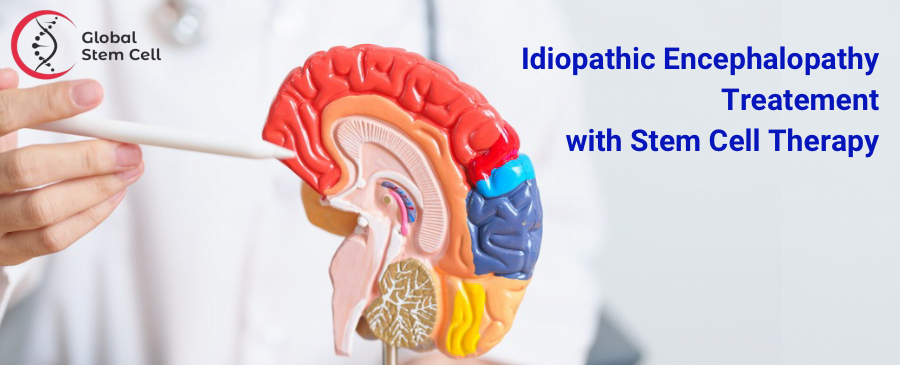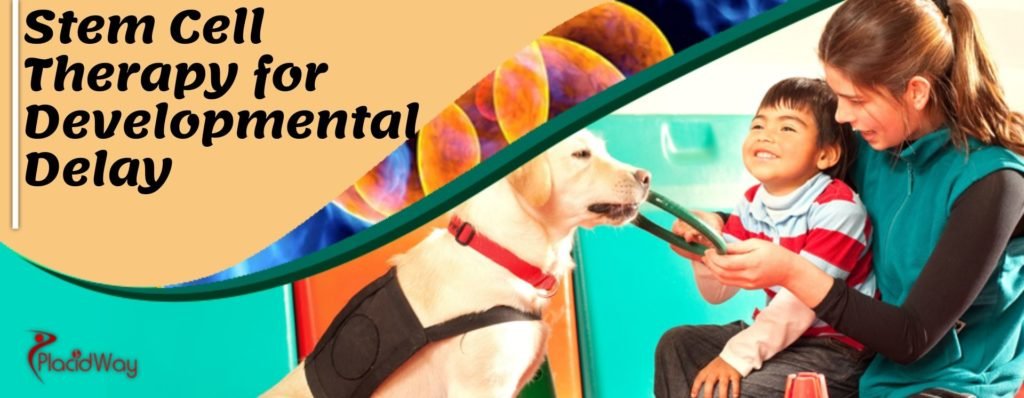Regenerative Medicine for Muscular Dystrophy Treatment
Are you searching for effective treatments for muscular dystrophy? If so, regenerative medicine may be the answer you’ve been looking for. Regenerative medicine is a cutting-edge technology that repairs and rebuilds damaged muscle tissue in people with neuromuscular conditions such as muscular dystrophy (MD).
This revolutionary approach has the potential to revolutionize MD treatment by improving physical health, restoring normal movement and preventing mobility loss over time. In this blog post, we will explore what regenerative medicine can do to help treat your form of MD by understanding how it works and its benefits.
What is Muscular Dystrophy?
A muscle disease that often gets transferred from one generation to another is called Muscular Dystrophy (MD). The condition gradually leads to damage or weakening of muscle fibers or the voluntary muscles. Thus, a patient suffering from MD condition faces problems while doing activities like:
- Lifting
- Turning
- Bending
- Walking
Damaging connective tissues is not the only harm that different types of MS cause. MS may even lead to heart muscle damage as well as involuntary muscles like internal organs.
What Causes Muscular Dystrophy?
Dystrophin is an essential protein that helps in the growth and function of muscles. When this essential protein is deficient in a person it may lead to MS. For many individuals, this deficiency is mainly caused due to genetic reasons.
Medications are commonly used for the treatment of MS that helps in reducing the symptoms of muscle spasms, stiffness and weakness. In certain cases, the function of the immune system gets suppressed due to some drugs that are used to slow down dying muscle cell damage.
How Stem Cell Helps to Treat Muscular Dystrophy?
Muscular Dystrophy (MD) is a type of muscle-wasting disease that can lead to severe disability and possibly death. Thankfully, stem cell technology has allowed for a major breakthrough in the treatment of this debilitating condition. Stem cells have the ability to self-renew, giving rise to infinite potential treatments that previously were not possible.
Currently, stem cell therapy to treat MD relies on transplanting healthy myoblasts — type of embryonic stem cells which contributes to the development of muscle tissue — into areas of muscular dystrophy-affected muscles. Not only does this discourage further muscle deterioration but it also aids in repairing the existing damage. These initial results, combined with our continuing research on stem cell technology, give us hope for even better treatments for Muscular Dystrophy in the near future.
Two Major Kinds of Results of MS Stem Cell Treatment
- Healthy Muscle Fibers are Produced–Stem cells with no genetic defect that leads to Muscular Dystrophy can be administered into the muscles of the patient. This results in the generation of working muscle fibers for replacing the damaged ones.
- Inflammation is Reduced- When muscles are damaged in MS, inflammation increases that also speeds up the process of muscle degeneration. Using stem cells release chemicals that decrease inflammation slowing down the disease’s progress.
Benefits of Stem Cell Therapy for MS
Many clinical studies reveal that stem cells may offer more effective benefits to MS patients than medications, physical therapy, or assistive devices such as wheelchairs, walkers and canes. Stem cells have the ability to produce dystrophin that can break in affected cells. Moreover, the transmitted stem cells can produce several specialized cells that are required by the patient’s body.
- Causes hindrance in the progress of MD
- Muscle fiber destruction prevention
- Muscle power can be preserved
- Avoidance of complications such as heart failure and respiratory issues
- Muscle destruction can be possibly reduced
- Immune system boost
- Internal organs and system function better
- Leads to independent living
- Improved quality of life
FAQs about Stem Cell Therapy for Muscular Dystrophy
What are the risks associated with stem cell therapy for MS patients?
The risks associated with stem cell therapy for Muscular Dystrophy patients vary depending on the type of treatment used and how it is administered. Common risks include infection, bleeding, nerve damage, organ failure, rejection by the body’s immune system, and tumor formation. It is important to discuss the potential risks with your doctor before undergoing any kind of stem cell therapy.
How long will the effects of stem cell therapy last for Muscular Dystrophy patients?
The effects of stem cell therapy vary widely and depend on many factors such as the type of treatment used and how it is administered. In some cases, the effects of stem cell therapy may last for years while in other cases they may only last for a few years.
Are there any side effects associated with stem cell therapy for MS?
Yes, there may be some side effects associated with stem cell therapy for Muscular Dystrophy. Common side effects include fatigue, nausea, pain, and fever.
How Much MS stem cells cost and will my insurance cover the cost?
The cost of stem cell therapy for Muscular Dystrophy treatment varies depending on the type of treatment used and how it is administered. It is best to contact your insurance provider directly to see what is covered. If it is not covered by your insurance, the out-of-pocket cost for stem cell therapy treatment at our stem cell clinics will depend on the type of procedure and how many treatments are required.
While there is no cure to date for muscular dystrophy, stem cell research and implantation of healthy cells into individuals diagnosed with various forms of muscular dystrophy may improve function and mobility as well as slow the muscle-wasting process.
For more details about stem cell treatment for muscular dystrophy, click the button below:







